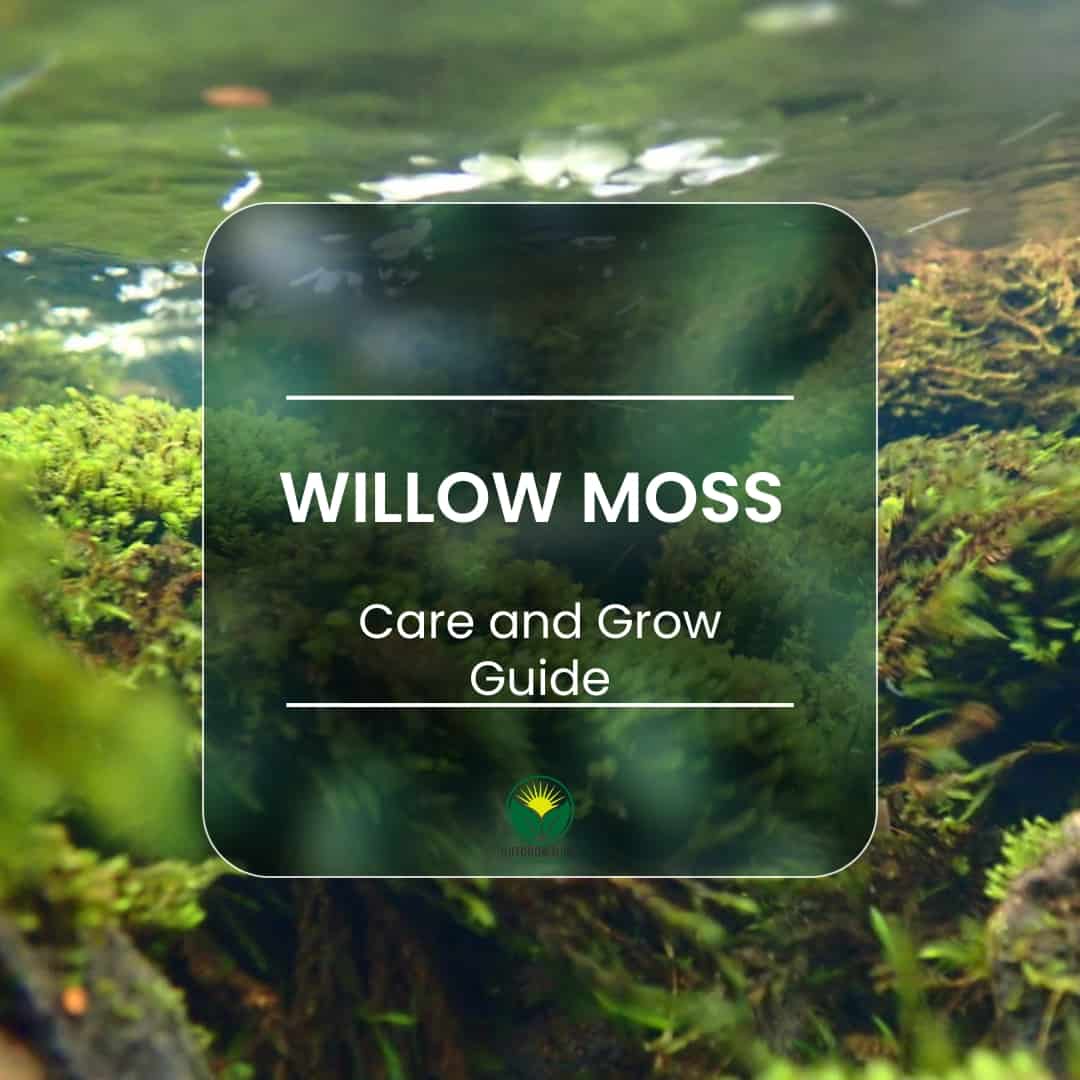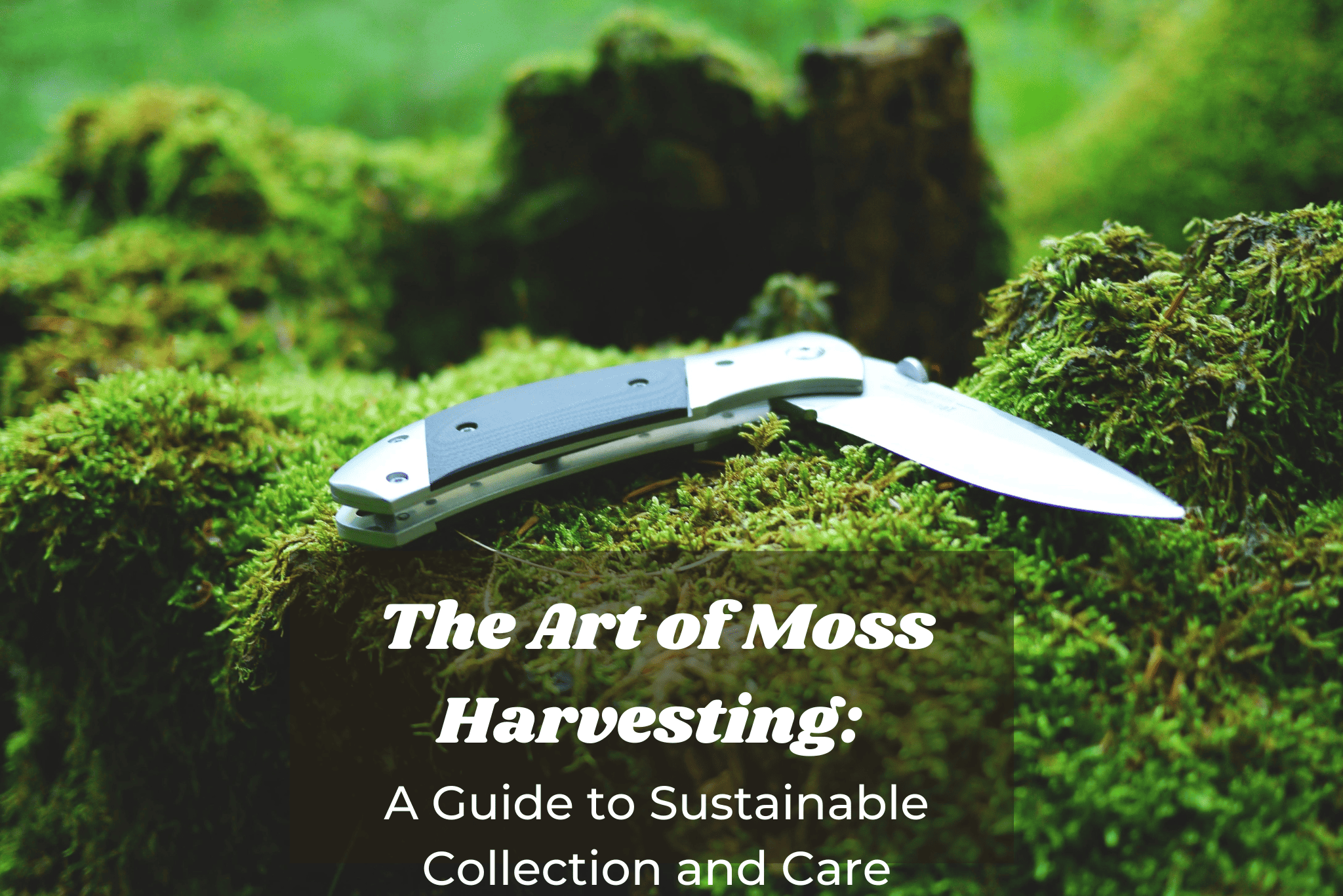
The Art of Moss Harvesting: A Guide to Sustainable Collection and Care
Read more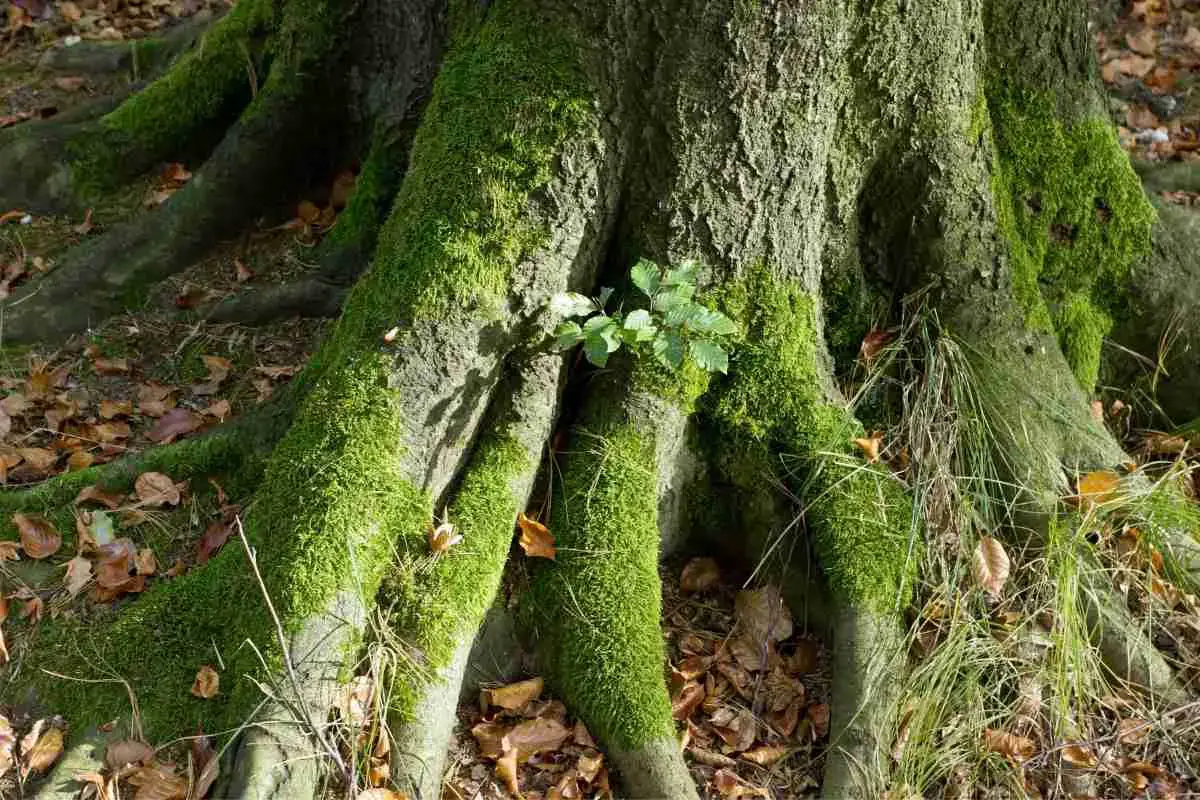
How Does Moss Grow On Trees? And Why?
Read more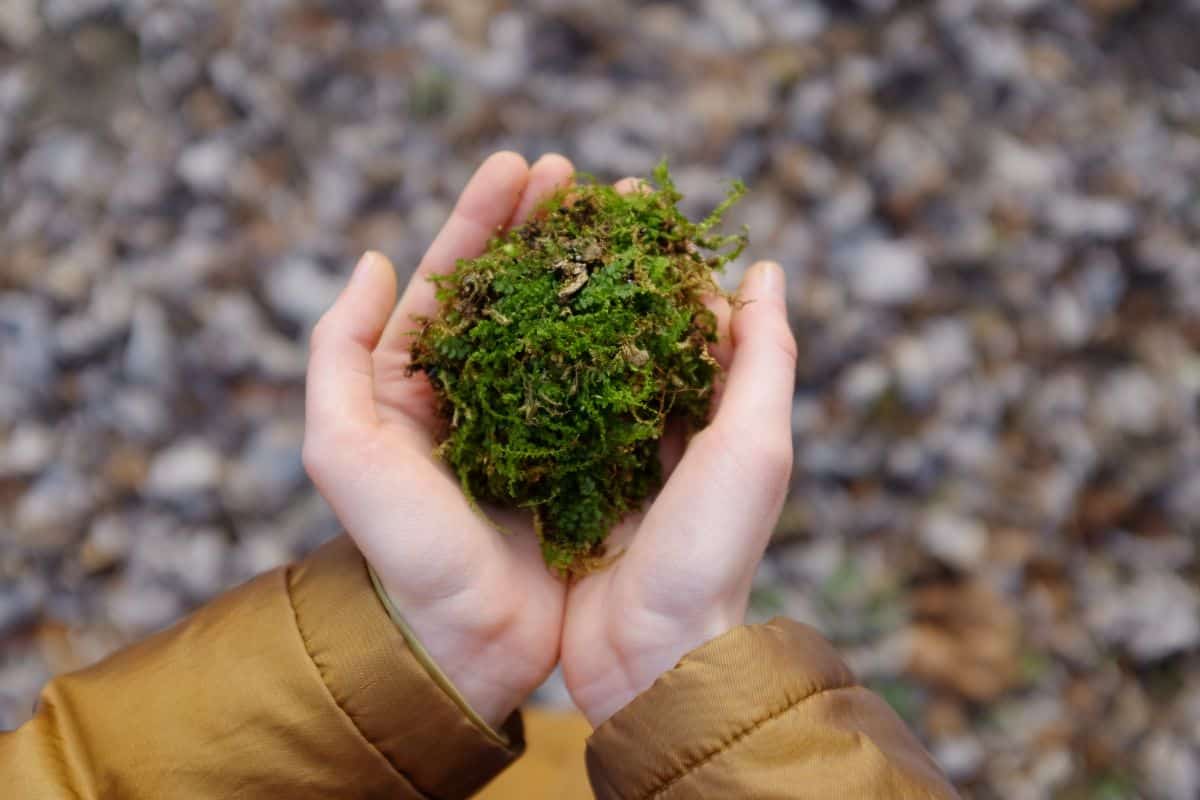
How Long Does Sphagnum Moss Last?
Read more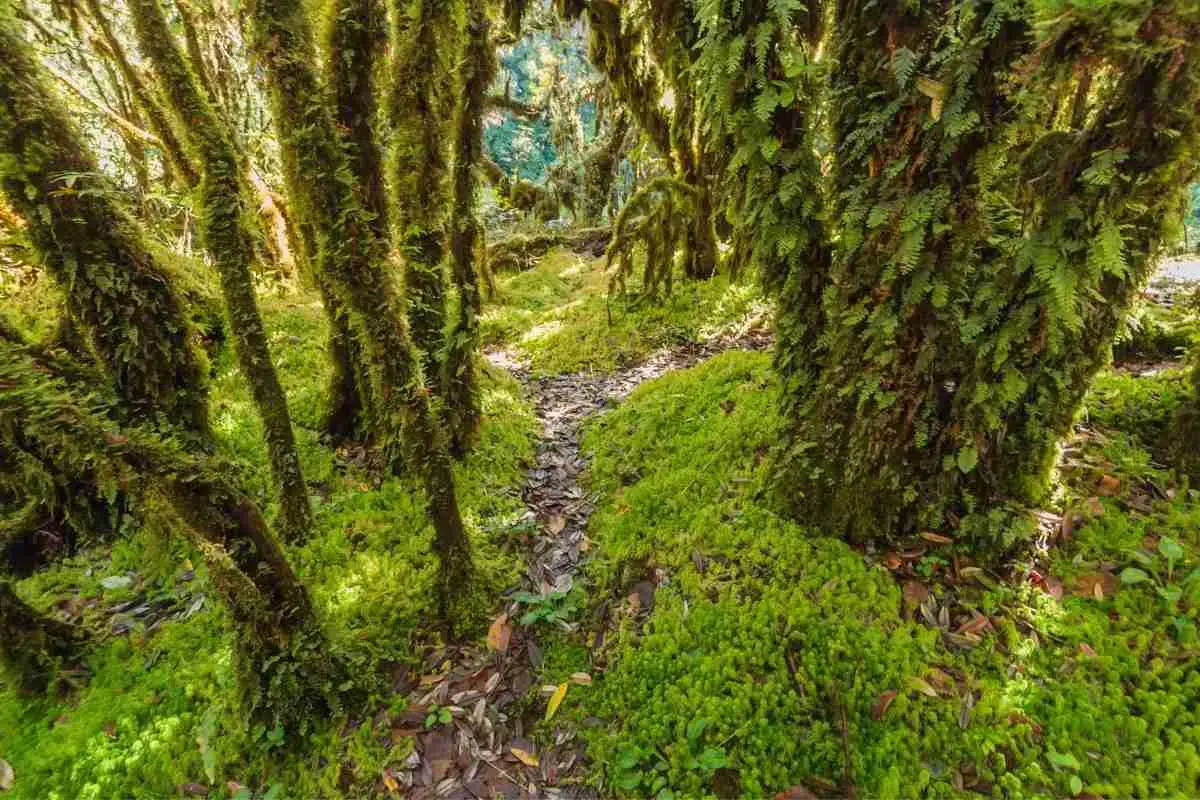
8 Types Of Moss That Grows On Trees
Read more
Does Moss Need Sunlight?
Read more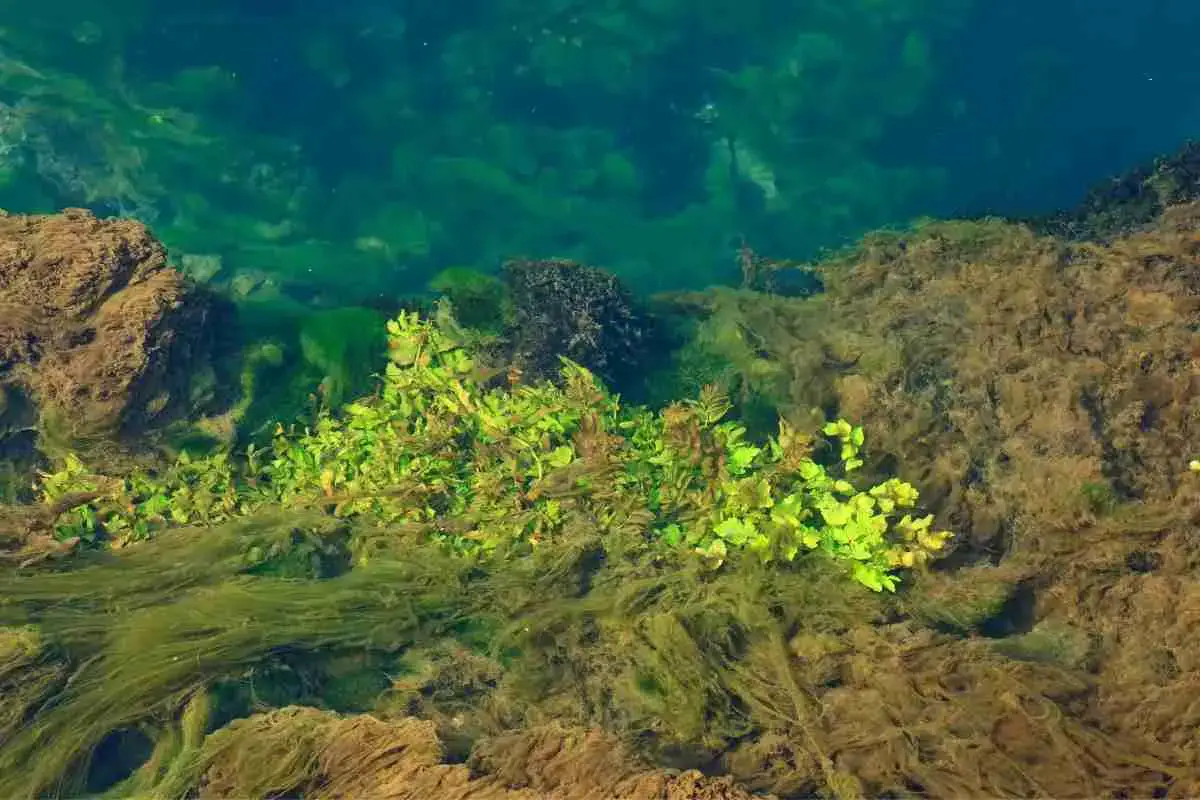
Is Algae A Producer of the Future? Understanding Its Role in Energy and Food Production
Read more
7 Easy Tips To Make Moss Grow Faster!
Read more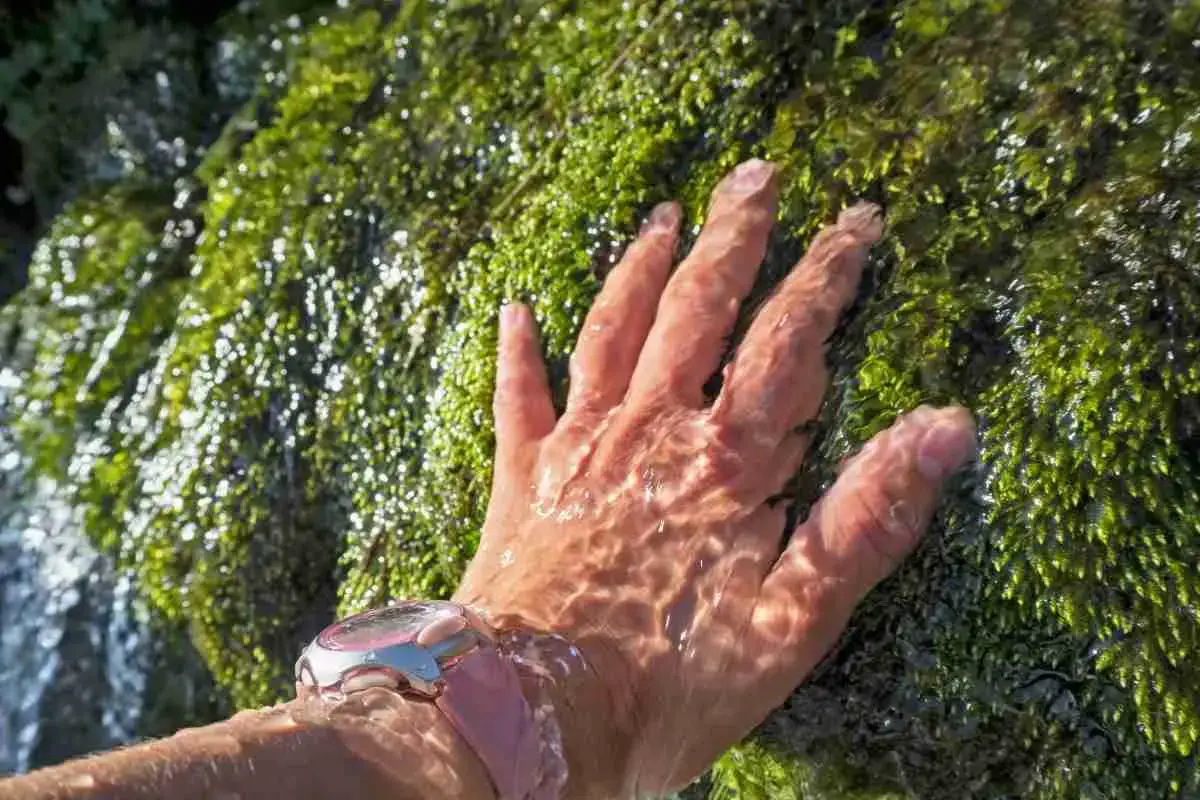
Does Moss Need Water To Survive?
Read more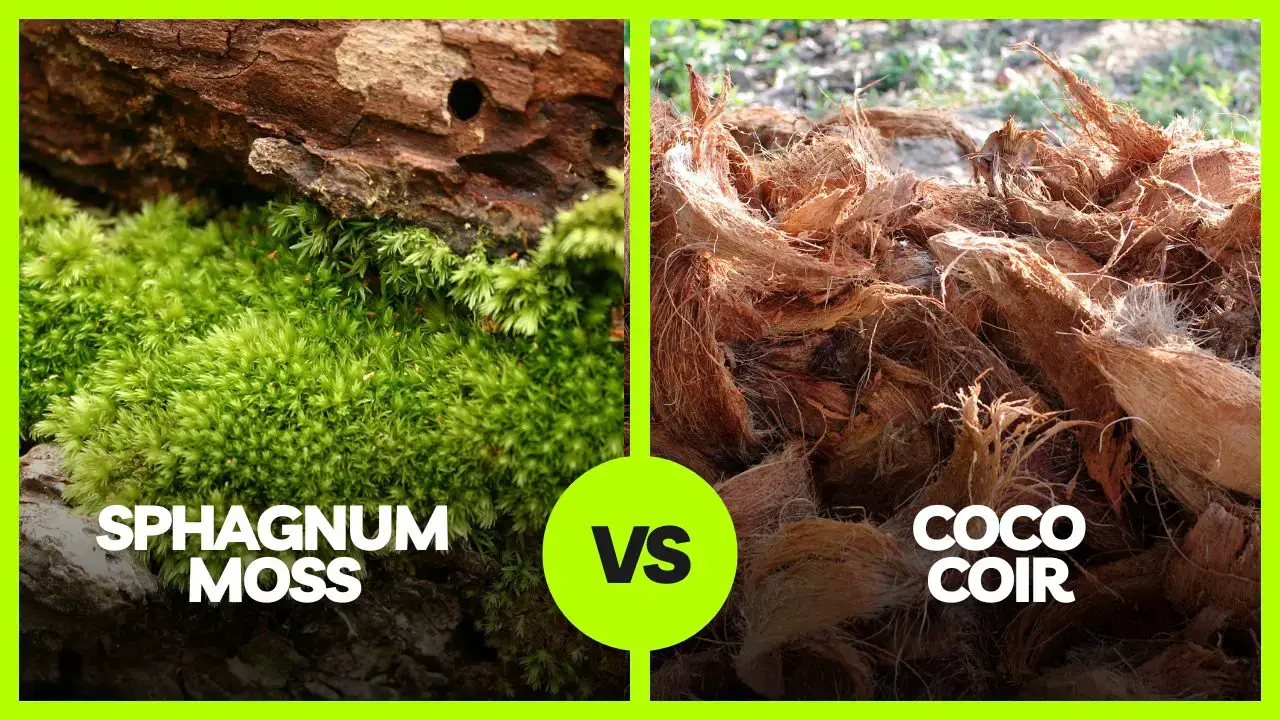
Sphagnum moss pole vs Coir pole. Which one is best for your houseplants?
Read more
Does Moss Need Soil? Detailed Guide
Read more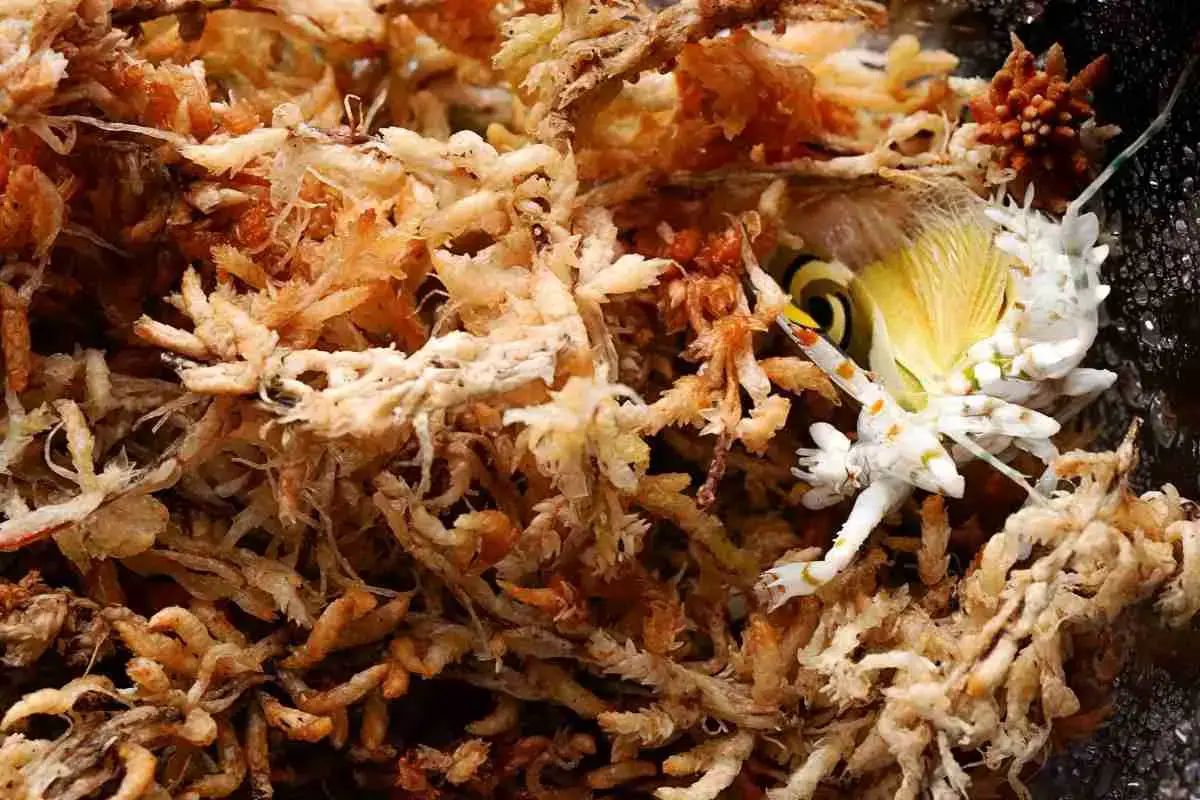
3 Simple Methods To Sterilize Sphagnum Moss
Read more